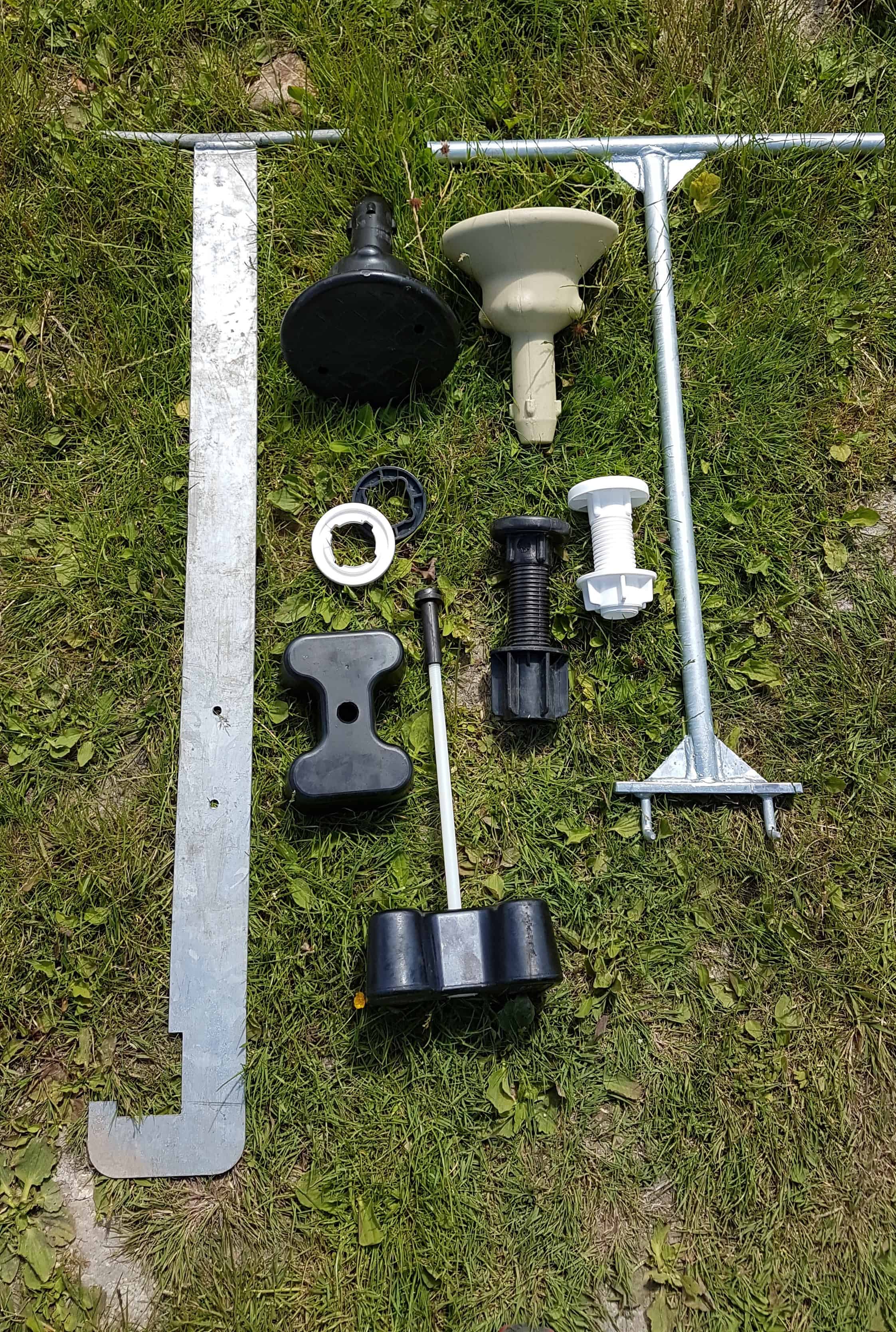I’ve been here nearly a year now and if there’s one reaction I get to the change of jobs and explaining what we do, it’s ‘really?……… are you busy?’. Maybe it’s because I don’t personally know a lot of people in the sailing and marine world, but pontoons are clearly something that the general public don’t really take much notice of. I went to Hampton Court Garden Festival on Tuesday and walked over one of the bridges before even realising that I was on a pontoon. If you’re down by the sea and walking on a jetty, you’re just walking aren’t you, does it matter what’s underneath – so long as it supports you? It does to us! It made me wonder, sometimes even when people purchase the pontoons, jetports, drive on docks, do you know what your boat is sitting on, or on what you’re standing? To be honest, they’re pretty simple constructions, but there’s a few accessories that are quite vital to the successful construction of the finished article, so I’ll tell you a little about them. Mainly so you know that when we quote you, you know what you’re getting. Disclaimer: Obviously each order can be very different and needing different parts, but the main accessories are as described below…
For Rotodock modules, if you are purchasing more than one, or connecting it to a pontoon or other existing module, you will need at least two pairs of couplers. These are black HDPE connectors in the shape of a dog bone and each pair are connected by a long white screw. The screw’s length is the equivalent depth of the Rotodock module. Each pair sit flush on top and bottom of the modules, connecting them together.
When purchasing modular cubes, there are not just one, but three products that are imperative to the completion of construction. These are the connection pins (or sometimes called lugs), side connection bolts (you might hear them called simply ‘the screw and nuts’) and the spacers (or washers). The connection pins, as you may have guessed, connect the cubes. One pin will hold four cubes together. The side connection bolts connect the cubes on the edge of the pontoon, for extra security. These are often replaced with handrail posts, cleats or fenders. The spacers are slightly more complex to explain. Each cube has four ‘pin/lug holes’ each hole is placed at a certain measurement down the side of the cube, so they can slot together and allow the pins to drop through and connect them. On one side of a modular cube pontoon, there will always be a row of pin/lug holes that don’t sit flush together and in between these, we place spacers. The spacers support the holes to reduce the movement and therefore the friction and likelihood of breakage. We don’t want our plastic getting lost at sea.
In order to put these parts in place fully and securely, you also need a few tools. The couplers are placed with a ‘J bar’, so called because it looks like a …..yep, a ‘J’. The pins are put in place with a ‘T bar’ (yes, originally named too) that twists the pins in place and also then allows you to pull them out easily. The third tool is a castle wrench that slots on to the edges of the side connection bolts allowing you to tighten them without creating a hand load of callouses!
These are the unsung heros of WMS, those little parts that are even less acknowledged than the pontoons themselves, but those that without which, we would not be in business!
So go into the weekend acknowledging the unsung heros, and the unacknowledged cogs that keep your wheels turning, and ENJOY IT ALL! May it be sunny and bright for us all!

